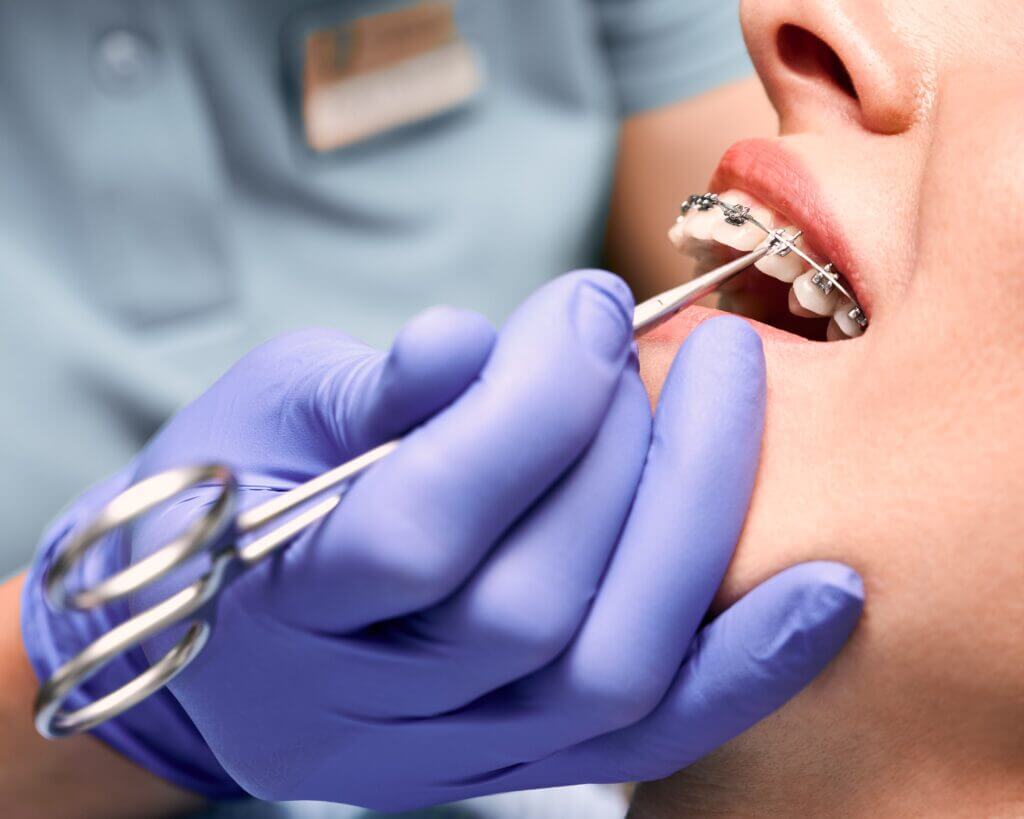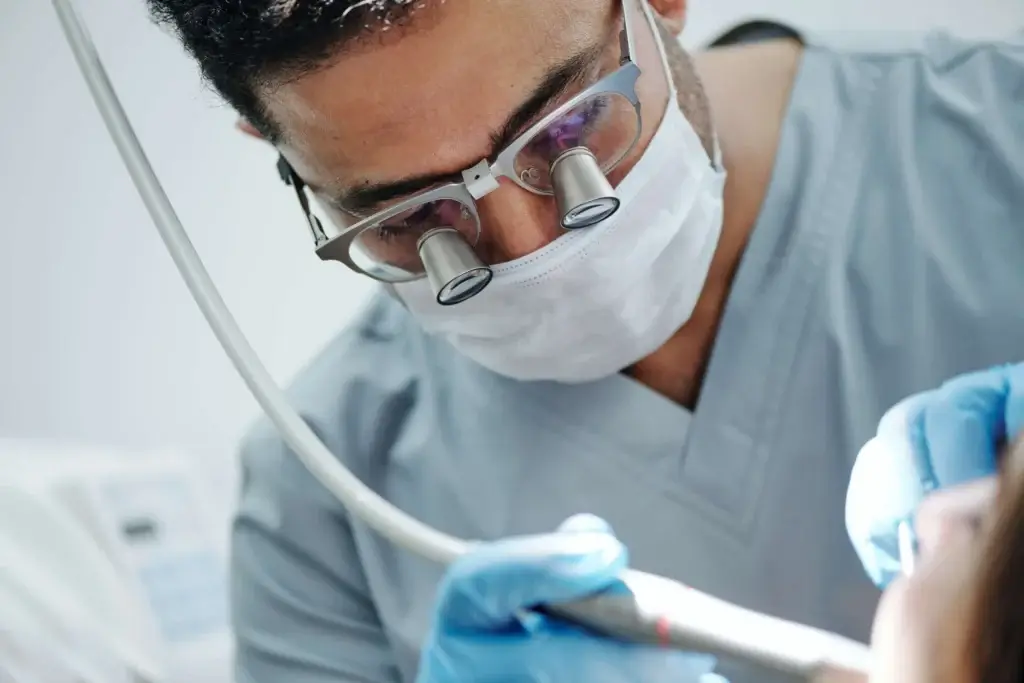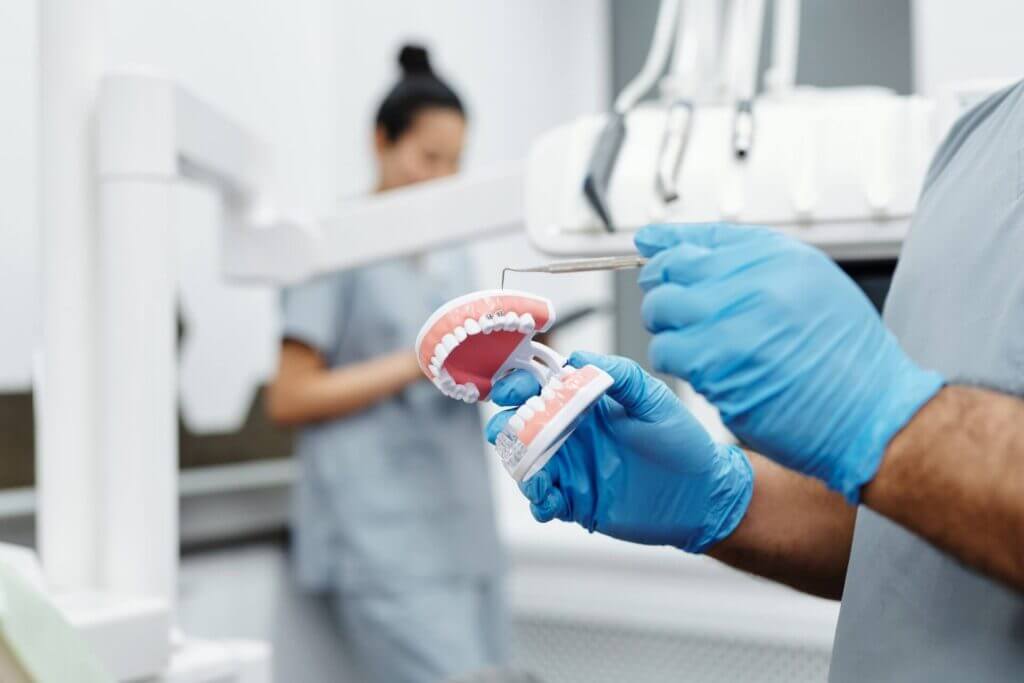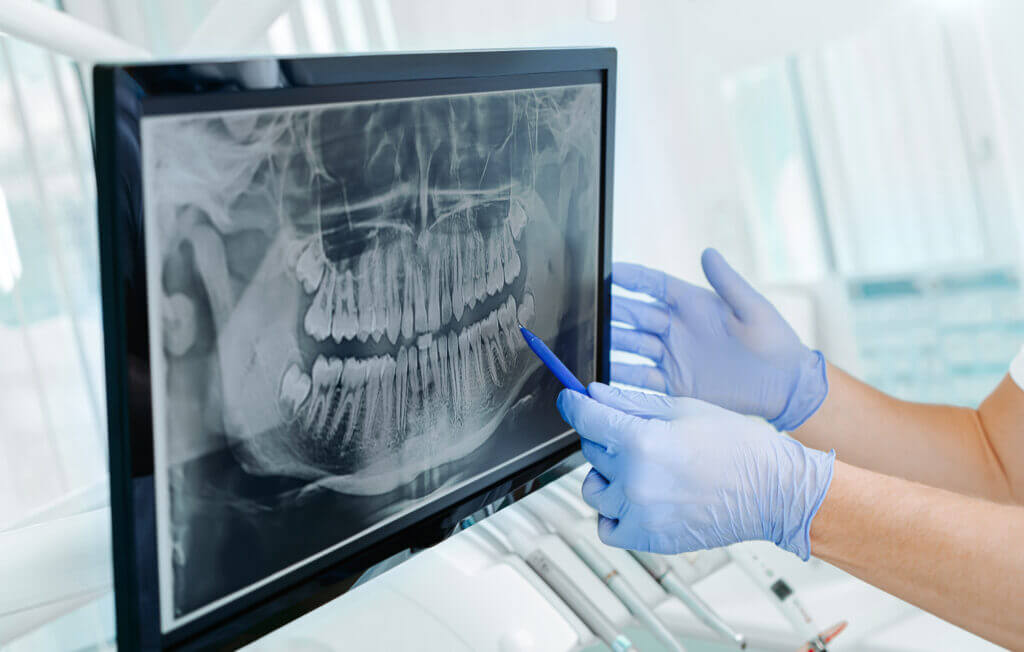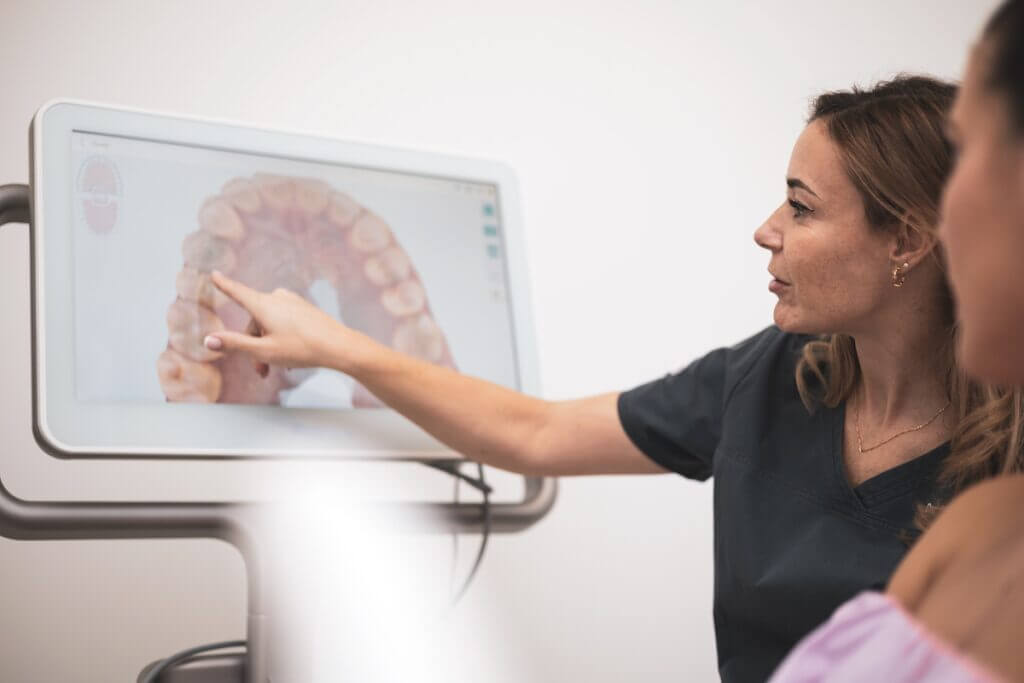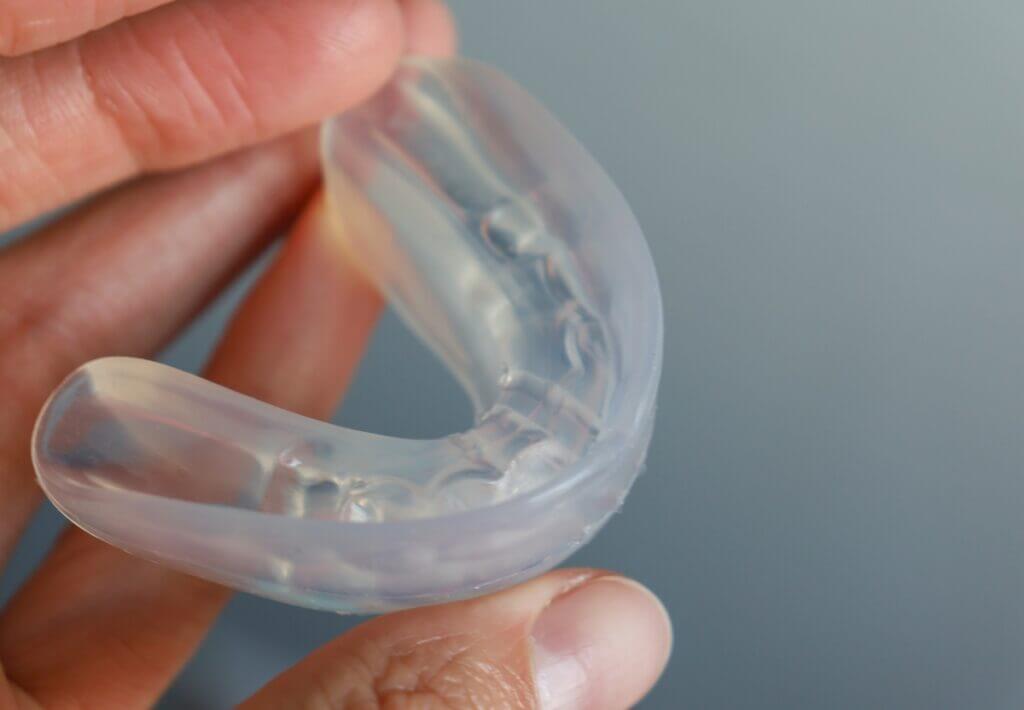Snoring and Sleep Apnea
TREATMENTS

These appliances, also known as mandibular advancement appliances, are non-invasive treatment options used in the treatment of snoring and mild to moderate obstructive sleep apnea. They are specially prepared by the dentist according to the patient's tooth models.
They work like this:
- Lower jaw advancement: When this appliance is worn, the lower jaw is positioned slightly forward. This expands the airway and prevents the airway from closing at night. Snoring and/or breathlessness (apnea) are reduced in this way.
- Tongue advancement: Some appliances also advance the tongue, preventing it from falling back and blocking the airway during sleep.
- Patient-specific appliance design: Snoring and apnea appliances are customized for each patient's teeth to ensure maximum comfort and effectiveness.
- Adjustability: Today, it is recognized that the most ideal type of appliance is an adjustable appliance. Thus, the shape of the appliance can be changed to provide the most effective lower jaw progression in the patient without replacement. This adjustment is performed gradually to minimize discomfort. This is called titration.
- Tolerance: These appliances are more easily tolerated by patients than CPAP, the continuous airway pressure device used to treat sleep apnea. Thus, patient compliance with treatment may be higher.
Although snoring and sleep apnea appliances are an ideal treatment option for many patients, they are not suitable for all patients. Patients who are considering using these appliances should first be seen by a Chest Diseases or Ear-Nose-Throat Diseases specialist. If the doctor thinks that the patient may be suitable for an intraoral appliance, the patient should consult a dentist. In addition, regular follow-up appointments with the dentist and the doctor are very important to determine the effectiveness of the appliance.
